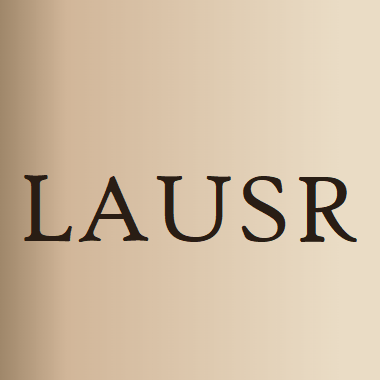
Tectonic wedge systems are important structures found in foreland fold‐and‐thrust belts all over the world. Although the shortening is accommodated by the backthrusts and forethrusts through a wedge tip, few… Click to show full abstract
Tectonic wedge systems are important structures found in foreland fold‐and‐thrust belts all over the world. Although the shortening is accommodated by the backthrusts and forethrusts through a wedge tip, few works have analyzed in detail the geometry and kinematics of the surface traces and outcrops of these backthrusts. Our work focuses on the hinterland‐migrating Jiangnanmiao (JNM) Thrust Fault in the northern Tian Shan. Based on interpretations of Google Earth images, detailed geologic and geomorphic mapping, differential GPS measurements, and optically stimulated luminescence dating of offset alluvial fan and terrace surfaces, we determine the spatial extent, fault‐plane geometry, and slip rate of the JNM fault and the Qingshuihe (QSH) tectonic wedge system. Our study indicates that (i) the JNM fault is the surface‐fault trace of a bedding‐parallel backthrust, which is controlled by the QSH tectonic wedge; (ii) the QSH tectonic wedge forms by the coeval activity of the lower Southern Junggar Thrust ramp forethrusts and the north‐dipping JNM backthrust that steps up from the upper Eocene detachment; (iii) the dip‐slip rate of the JNM backthrust is ∼0.4 mm/yr and constant during ∼270–11 Kyr, and seems to increase to ∼0.8 mm/yr in the Holocene. Our study highlights the QSH wedge is a Holocene tectonically active, out‐of‐sequence thrust system, which takes up a non‐negligible portion of the total deformation across the northern Tian Shan and has a potential seismic hazard.
Journal Title: Tectonics
Year Published: 2021
Link to full text (if available)
Share on Social Media: Sign Up to like & get
recommendations!